
Do you have a question about the Toyota 2006 Hilux Mk6 and is the answer not in the manual?
| Brand | Toyota |
|---|---|
| Model | 2006 Hilux Mk6 |
| Category | Automobile |
| Language | English |
Explains types of warnings, their appearance, and usage to prevent injury or damage.
Explains the meaning of the universal safety symbol used in the manual.
Highlights the owner's duty to perform specified maintenance for proper operation.
Advises against non-genuine parts and modifications affecting safety and performance.
Introduces the instrument panel, cluster, and indicator symbols for vehicle operation.
Instructions for setting and operating the vehicle's clock.
Details on using the front ashtray and cigarette lighter.
Information on using the vehicle's power outlet for accessories.
Instructions for accessing and securing the upper and lower glove boxes.
Guidance on using and safety precautions for cup holders.
Instructions for proper placement and securing of floor mats.
Details on master and sub keys, transponder chip, and key precautions.
Information on master and sub keys, and key number plate.
Explanation of the theft prevention system and its operation.
Instructions for locking and unlocking the side doors.
Procedure for locking and unlocking doors using the inside knob.
How to use the power door lock switch for central locking.
Operation of child safety locks on rear doors.
Instructions for operating the vehicle's power windows.
Procedure for opening and closing the tailgate.
Instructions for opening and closing the engine hood.
Procedure for opening and closing the fuel tank cap.
Procedure for opening and closing the fuel tank cap.
Guidance on seat adjustment, seatback angle, and safety precautions.
Instructions for adjusting head restraints for safety and comfort.
Important advice on proper seat belt usage and safety.
Procedure for correctly fastening and using 3-point seat belts.
Guidance on correctly positioning lap and shoulder belts for safety.
How to adjust the shoulder anchor position for optimal belt fit.
Procedure for correctly fastening and using 2-point seat belts.
Essential safety advice for using child restraint systems.
Guidelines for selecting and installing child restraint systems.
Classification of child restraint systems by age and size.
Step-by-step instructions for installing child seats with 3-point belts.
Explanation of the fuel gauge and low fuel warning light.
Information on the engine coolant temperature gauge and overheating.
Explanation of the tachometer and its use for engine speed.
Details on how to read and reset the odometer and trip meters.
Explanation of dashboard indicators and warning buzzers and their meanings.
Instructions for adjusting the steering wheel angle.
Guidance on adjusting and using the outside rear view mirrors.
Instructions for adjusting the inside rear view mirror for glare reduction.
Operation of headlights, high-low beams, and turn signals.
How to activate and deactivate the emergency hazard lights.
Instructions for operating the interior light.
Operation of windshield wipers and washer fluid system.
How to use the rear window defogger to clear condensation.
Instructions for operating the manual radio antenna.
Details on inserting, playing, and caring for compact discs.
Information on MP3 file compatibility and playback.
Tips for optimal audio system operation and care.
Overview of the air conditioning system controls.
How to adjust the fan speed for airflow.
How to adjust the temperature from cool to warm.
How to select vents for different air flow directions.
Instructions for turning the air conditioning system on and off.
How to select between recirculated and fresh air intake.
Advice for efficient use of the air conditioning system.
Recommendations for specific settings for heating, cooling, and defrosting.
How to open, adjust, and close instrument panel vents.
Safety advice to minimize rollover risk and prevent damage off-road.
Tips for new vehicle break-in to ensure future economy and long life.
Information on selecting the correct fuel type for satisfactory engine performance.
Explanation of emission control devices and precautions for their operation.
Safety warnings related to engine exhaust fumes and ventilation.
Information on normal engine oil consumption and its causes.
Explanation of the hydraulic brake system and its safety features.
How to identify worn brake pads using wear indicators.
Advice on safely stowing cargo to maintain vehicle balance.
Information on locating the vehicle identification number (VIN).
Cautions regarding modifications to suspension and chassis.
Pre-start checks for the vehicle's safety and operation.
Step-by-step instructions for starting the engine.
Advice for safe driving in different weather and road conditions.
Safety precautions for operating the vehicle off-road.
Recommendations for driving safely in winter conditions.
Tips for improving fuel economy and extending vehicle life.
Troubleshooting steps for a vehicle that won't start.
Emergency procedures if the engine stalls while the vehicle is moving.
Troubleshooting steps when engine speed cannot be increased.
Procedure to follow if the engine coolant temperature gauge indicates overheating.
Step-by-step instructions for changing a flat tire.
Methods to free a vehicle stuck in mud, sand, or snow.
Guidance on proper towing procedures and precautions.
Instructions for emergency towing using cables or chains.
Safety precautions when using emergency towing eyelets.
Additional advice for towing a vehicle that is stuck.
Procedures for dealing with lost keys, including immobilizer system.
Common causes of corrosion and tips for prevention.
Guidelines for washing, waxing, and maintaining the vehicle's finish.
Instructions for cleaning various interior components like vinyl, carpets, and seats.
Schedule outlining required maintenance based on mileage or time intervals.
Maintenance schedule adjustments for special operating conditions.
Routine checks and inspections to maintain vehicle operation.
Checking tires for wear, damage, and wheel nut tightness.
Checking all exterior and interior lights for proper function.
Verifying the proper function of dashboard indicators and buzzers.
Checking seat controls, seatback, head restraints, and locks.
Checking seat belt systems for proper operation and condition.
Procedure for checking the engine oil level using the dipstick.
Clues that indicate potential vehicle issues requiring repair.
Overview of DIY maintenance and its scope.
Diagram identifying key components in the engine compartment.
Diagrams showing fuse box locations and identification.
Essential safety precautions for performing DIY maintenance.
DIY checks for engine and chassis components.
Procedure for checking and adding engine oil.
Instructions for checking tire pressure for safety and fuel economy.
How to check tire tread wear and replace worn tires.
Guidance on selecting and replacing vehicle wheels.
DIY checks for electrical components like battery, fuses, and bulbs.
Procedure for checking battery exterior and fluid levels.
How to identify and replace blown fuses.
Instructions for accessing and replacing various vehicle light bulbs.
Technical specifications for vehicle dimensions.
Technical specifications for the vehicle's engine.
Fuel type and tank capacity specifications.
Technical specifications for engine oil, coolant, and other fluids.
Specifications for tire sizes and cold tire inflation pressures.
Index of fuses, their amperage ratings, and circuit functions.
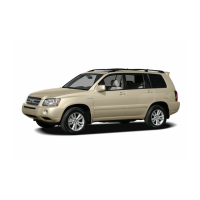
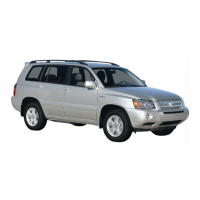

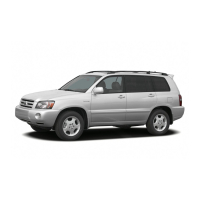
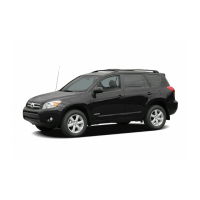
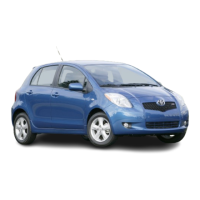


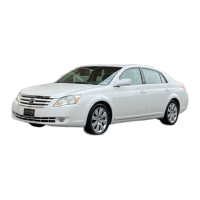
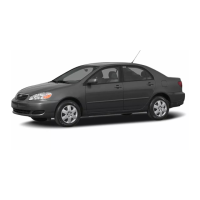
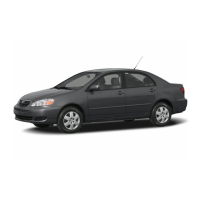
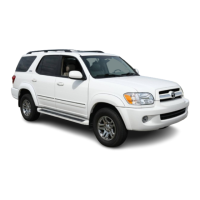
